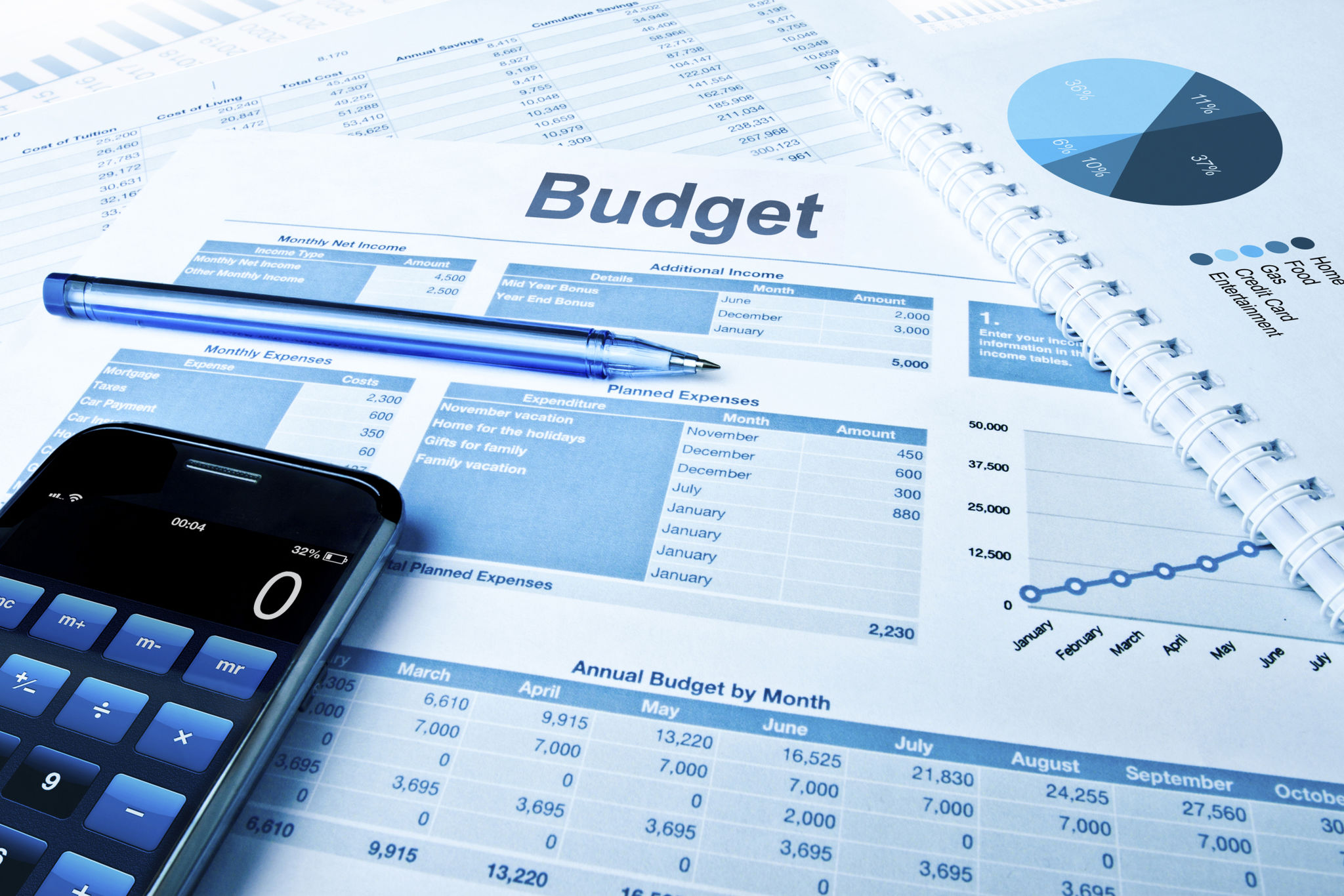Seasonal Financial Planning: Preparing for Year-End Expenses with Low Interest Loans
Understanding Year-End Financial Needs
As the year draws to a close, many individuals and families face unique financial pressures. From holiday shopping to end-of-year taxes, these expenses can quickly add up. Being prepared for these costs is essential to maintaining financial stability. One effective strategy is leveraging low-interest loans to manage these seasonal expenses without straining your budget.
Year-end expenses often catch people by surprise, leading to stress and potential debt. By planning ahead and understanding your financial obligations, you can navigate this period with ease. It’s crucial to identify these expenses early and explore your options for covering them.

The Benefits of Low Interest Loans
Low-interest loans can be a valuable tool in your financial planning arsenal. These loans offer a cost-effective way to access funds when you need them most. Compared to high-interest credit cards or payday loans, low-interest loans provide a more manageable repayment plan, helping you avoid unnecessary debt.
There are several reasons why a low-interest loan might be the right choice for you:
- Lower interest rates mean lower overall costs.
- Flexible repayment terms can be tailored to your financial situation.
- Quick access to funds ensures you can cover expenses promptly.

Identifying Your Year-End Expenses
Before applying for a loan, it’s important to identify all potential year-end expenses. This might include:
- Holiday gifts and celebrations
- Travel costs for family visits
- Property taxes or other year-end tax obligations
- Home maintenance or improvement projects
Once you have a comprehensive list, you can determine the total amount needed and evaluate whether a low-interest loan can bridge any gaps.
Calculating the Right Loan Amount
After identifying your expenses, calculate the exact amount you need. It’s important not to borrow more than necessary. Over-borrowing can lead to unnecessary interest payments, while under-borrowing might leave you short during critical moments.
Consider all sources of income and other financial resources available to you. If possible, set aside some savings to cover these expenses, using the loan as a supplementary resource rather than the primary one.

Finding the Best Loan Offers
With many lending options available, it’s essential to compare different offers to find the best deal. Look for loans with competitive interest rates and favorable terms. Online comparison tools can help streamline this process, allowing you to view multiple offers side by side.
Additionally, read the fine print carefully. Be aware of any hidden fees or penalties for early repayment that might affect the overall cost of the loan.

Planning for Future Financial Stability
Once you've secured a loan and addressed your year-end expenses, it’s time to think about future financial planning. Use this experience as a learning opportunity to better prepare for upcoming years. Building an emergency fund and setting financial goals can help reduce reliance on loans in the future.
Regularly reviewing your financial situation and adjusting your budget as needed will also contribute to long-term stability. Consider consulting with a financial advisor if you're unsure about the best strategies for your situation.
In conclusion, while year-end expenses can be overwhelming, proactive planning and the use of low-interest loans can alleviate stress and maintain financial health. By understanding your needs, exploring loan options, and planning for the future, you can confidently navigate this busy time of year.